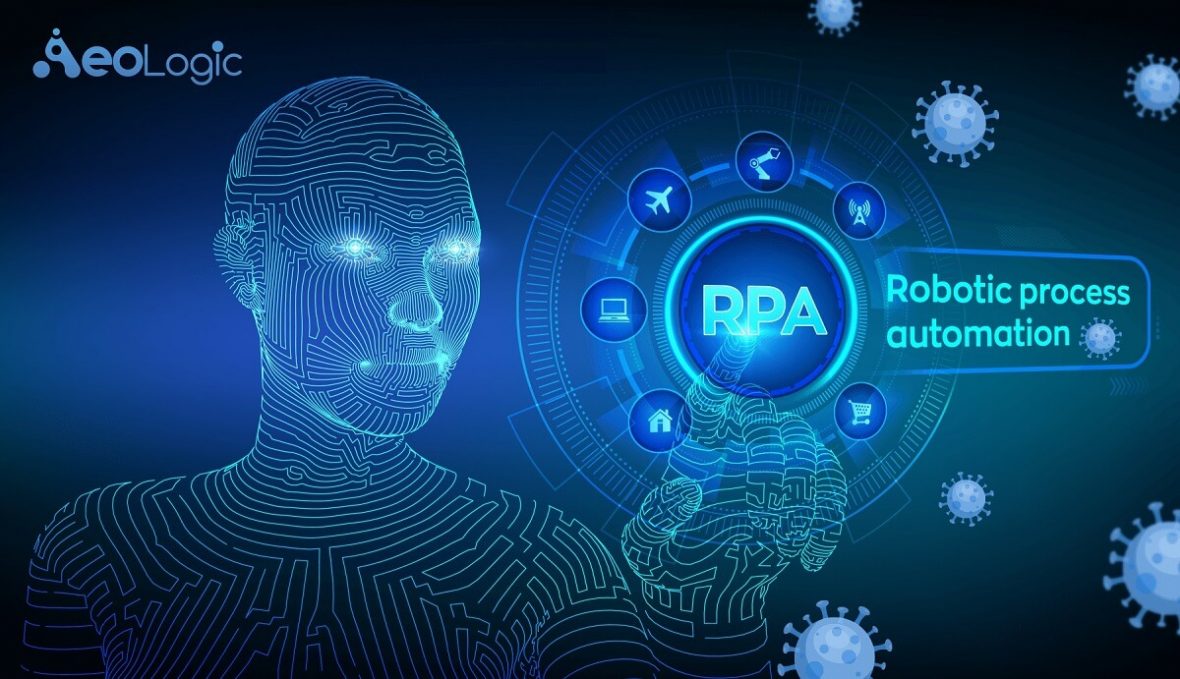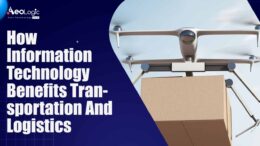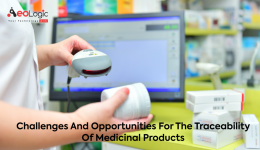The world is a whole new different place now. Employees no longer walk through the hallways of their offices; the beach utopias of Europe have no longer enthusiastic visitants and economies no longer have any advocacy for the future. In the midst of crisis, all that lies, is horrifying anxiety.
Result? The whole business and economic significance have become zero. More than 90% of healthcare businesses today are facing immense distress–from hospital overloads to sudden influx in demands to business continuity challenges. But this unfortunate global timing is also an opportunity for accelerating automation initiatives, significantly in healthcare. This means, in order to maintain accuracy in COVID-19 outcomes healthcare companies are turning to automation processes.
Before moving to how RPA is helping businesses respond to COVID-19 pandemic, a small spoiler of what RPA is circumstantially required–
RPA or Robotic Process Automation–RPA follows the principle of “Reducing Error and Labor Cost”. RPA is basically is the use of software bots in order to automate any highly repetitive routine tasks which are normally performed by knowledge workers.
Now, the part, where RPA is assisting businesses in responding to COVID-19 pandemic-
Managing a high volume of testing requests- RPA can automate the check-in process and remove the human management error further easing the paperwork and ultimately enhancing more accuracy. This will ensure faster management and consequently results.
Reducing the wait time for testing– If China is accused of underreporting then India has started to face the burn of limited testing. Unfortunately, the demand for testing is exponentially high, and as recorded the wait in the line can be of 5-6 hours. How RPA would help? Testing transactions from 2.5 minutes can be reduced to 15 seconds with an attending robot. The gap in timing transactions can significantly reduce wait time.
Handling the increased need for call centres- Agents who have adopted RPA in their systems, are able to pull out customer data faster than ever. This meddling of robotic process automation systems, offer faster routing to the appropriate agents, thus reducing average call handling time and further ensuring a faster call triage process.
Helping the workforce in managing remote work- With RPA into effect, registration of new equipment for remote employees will become easier. New users will be able to register for the VPN thus reducing setup and backend administration time.
“Never has there been more need for software robots to assist hospitals with huge volumes of medical tests processing, or the public authorities with navigating the welfare arrangements for people in need of timely solutions, or the retailers with onboarding thousands of employees that are needed quickly to aid in the crisis. As businesses face the realities of working in an economic downturn, they’ll adapt their business models with automation, enabling them to scale up robots rather than scale down human employees.”—Daniel Dines CEO of UiPath.
Disruptive technologies like Blockchain, AI and IoT are already been more attended to than before, both by the Governments, and investors as well.
Contributing to global adoption of disruptive technology, China becomes the first country to officially launch a national blockchain platform, yet to be official on April 25, 2020.
“As the BSN takes hold in worldwide countries, it will become the only global infrastructure network that is innovated by China, whose gateway access is controlled by China,”—White paper–BSN
However, it is unfortunate, that these changes, or adoption of disruptive technologies, is becoming a trend only after COVID-19 did a magnitude of damage to the world, health, and economies. It is yet to be seen how much of these changes are permanent.
Being a spokesperson and one of the few companies to adopt AI and Blockchain for the benefit of both private and public client; AeoLogic is at present helping the Government of India to implement these technologies in controlling the pandemic.






